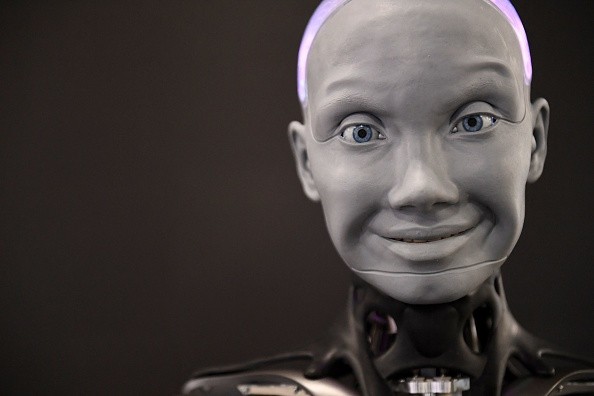Artificial intelligence can replicate human vision and see as much as people do, additionally, they may be programmed to perceive certain sights or subjects faster than humans. However, in a recent study by researchers from Canada, AI vision is still inferior to Human vision in terms of reactions, perceptions, and real-life situations.
It may mean that an AI-powered bot may freeze in the wake of a rampaging animal or burning building, as opposed to humans that may fight or take flight when put in these situations.
AI Vision is Inferior to Human Vision, Researchers Claim

The University of Western Ontario's Social Science department has recently released a statement regarding their research on AI, particularly for the AI vision embedded in different bots and cameras. The study which the team did was to look into AI vision's development, comparing it to the famous human vision that has been developed for millennia.
Machine learning was regarded as something which "resembles" the human brain, and the researchers gave massive importance to the keyword. This is because, while computers are already smart and intuitive, it is not yet that advanced to replicate the human brain.
"These findings suggest that deep neural networks and humans may in part rely on different object features for visual recognition and provide guidelines for model improvement," said lead researcher Marieke Mur.
The team regarded that humans may process a sight for 100 milliseconds, giving them an idea on what action to take next, like for example, the sight of an oncoming car.
Can AI Vision Reach Human-Level Perception Soon?
The team's study, published in the JNeurosci journal, details the flaw of AI for now, seeing that it still cannot replicate human vision in its present development. However, in this study, the researchers provided a model that could help AI bring the same levels as human vision does, with more developments and tweaks along the way.
AI and its Development to be Human-Like
One of the most famous technologies present now is artificial intelligence, and it is because they exhibit human-like features in the many interactions present on the internet. OpenAI's famous AI-powered language model, the GPT, together with the renowned application, ChatGPT, offers the public a chance to converse with the AI, as well as give meaningful answers like one's personal scholar.
However, it is not only OpenAI and ChatGPT aiming to deliver a chatbot to the public, as there are also other startups and Big Tech in the mix, particularly with Google's AI.
There was also one appearance made by an AI at a party in London, and although there was no person or robot present in the DJ booth, the partygoers were served fresh mixes and beats for them to dance to their contentment.
AI developers now are looking into using the technology to show its many potentials as an alternative or helpful tool to aid humans in their jobs, with some thinking it could replace people. However, with regards to reacting or vision, AI is still inferior to humans, with an average person having the wired and inherent capabilities to react to their environment upon sight.
Related Article : AI-Generated Works May Now Qualify for Copyright Protection

ⓒ 2025 TECHTIMES.com All rights reserved. Do not reproduce without permission.




